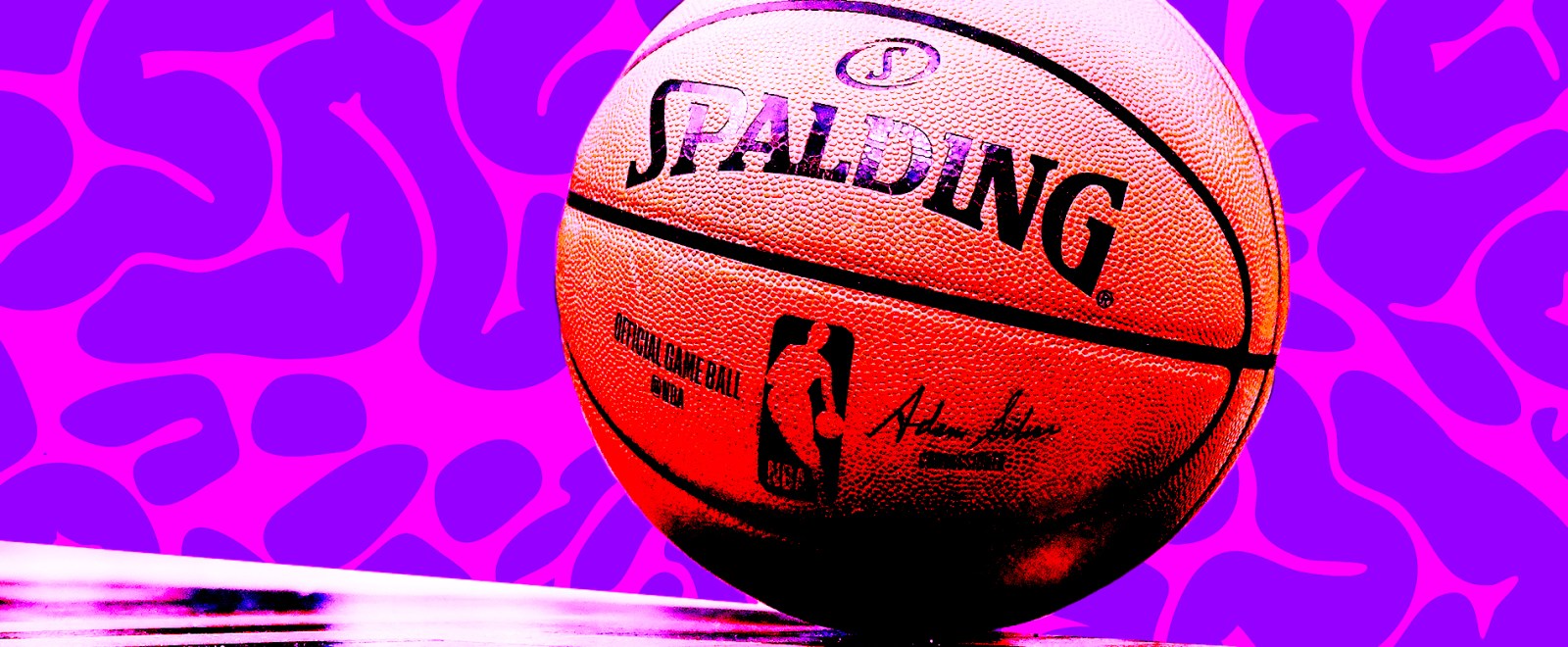To pull a silver lining out of the pandemic seems as premature as it does a tempt of fate. But as we and the virus shift into summer after a difficult spring, there are positives to be drawn. Broader focus on our communities, attention to where resources are needed in healthcare and social support, a shift in how we work and renewed consideration for what a work week looks like, and heightened appreciation for our personal relationships have all been the basis for necessary questions asked in recent months.
Inherent in these changes is the heightened awareness on one’s own mental health, which was impossible to avoid in the pandemic’s long periods of personal isolation. Without distractions or external outlets that slowed or stopped outright, we’ve spent months now living in our heads.
The fallout of this is many-fold. We know, keenly, our coping strategies or else where it is we search for support. We have cycled through so many stages of low to high-level depression and anxiety that we all are mentally stronger, if only based on an increased sense of self-awareness, than we were four months ago. In its flattening of time, the pandemic also made us better markers of it. Whether through raising new personal flags or growing less dependent on the old ones, we’ve freed ourselves from time’s traditional allotments and are learning what it means, uncomfortably at times, to experience our lives as-is. On an individual level this kind of permanent keeping present can be freeing, especially in responding to social and political unrest and continuing to cope with an evolving pandemic. What proves difficult is zeroing in.
In the NBA’s ongoing push to promote mental health and wellness, the month of May was a big one. It was, officially, World Mental Health Awareness Month, a global spotlight the league has mirrored with its own concentrated efforts through programs and partnerships since 2018. Traditionally, the league would air PSAs and promote its initiatives via game broadcasts while providing players with in-person resources, the focus of the month would be entire. Top-down from its Player Development department, to PR and communications, all efforts were echoed and supported by the NBPA.
This year, the league entered May invested in its ongoing COVID-19 relief and education efforts through the newly launched NBA Together program, as well as with plans developing rapidly for its Orlando restart. The month then turned tragic, with the death of George Floyd and the heightened call for retroactive reckoning with the same racism that caused the killings of Ahmaud Arbery, Breonna Taylor, and too many others before them. Protests flooded the streets nationwide, with many NBA players joining the crowds. The league split its attention and support as best it could. In doing so, it highlighted the challenge we all face in holding so many necessary causes in our minds at once.
“In many ways I think the challenge of the pandemic is how do we continue to build on the work we’ve been doing,” NBA Senior Vice President and Head of Player Development Greg Taylor says over the phone. “How do we continue to make sure the resources and the support that we make available for teams and staff and players is accessible?”
Taylor’s job is to focus and support the NBA’s players. In more traditional times, this might look like financial literacy advice for rookies or asking established players to develop, partner, and promote league initiatives, some of the most recent of which support increased awareness around players’ mental health. Mind Health, for example, was launched in 2018, and along with the league’s expanded mental health guidelines was a result of the league listening to and working with players speaking out about their own challenges with mental health. It was a community-based approach, but the close proximal support of that community, in its physical sense, is on hiatus.
“I think the biggest loss has been the loss of in-person community, and I know our guys, like many in the population, feel isolated,” Taylor says. “So we’re working really hard, primarily over Zoom and in conversations like that, to really make sure that players know they’re part of a community that is supportive and has resources available for them.”
Missing a sense of connectivity and navigating what it looks like in a pandemic was a major challenge in framing the focus around a mental health awareness month. Our dependence on technology has has shown us where it falls painfully short of what a few moments of in-person connectivity can bring. To meet this challenge, the NBA focused on providing and promoting remote resources through partners like the meditation and mindfulness company Headspace (used by DeAndre Jordan and available to all NBA staff and players), Crisis Text Line — a telehealth organization that’s seen a 40 percent uptick in call volume since the onset of the pandemic— and youth targeted outreach through Jr. NBA.
Where players may have previously been able to disclose anxiety with one another or team staff in the familiar setting of practice or long hours of travel, the onus has shifted for them, like it has the rest of us, to be active arbiters of our own mental health. This isn’t all bad. Searching for connectivity and outlets to express anxiety, grief, and doubt encourages self-disclosure and accountability. It furthers the normalization of our relationship with mental health.
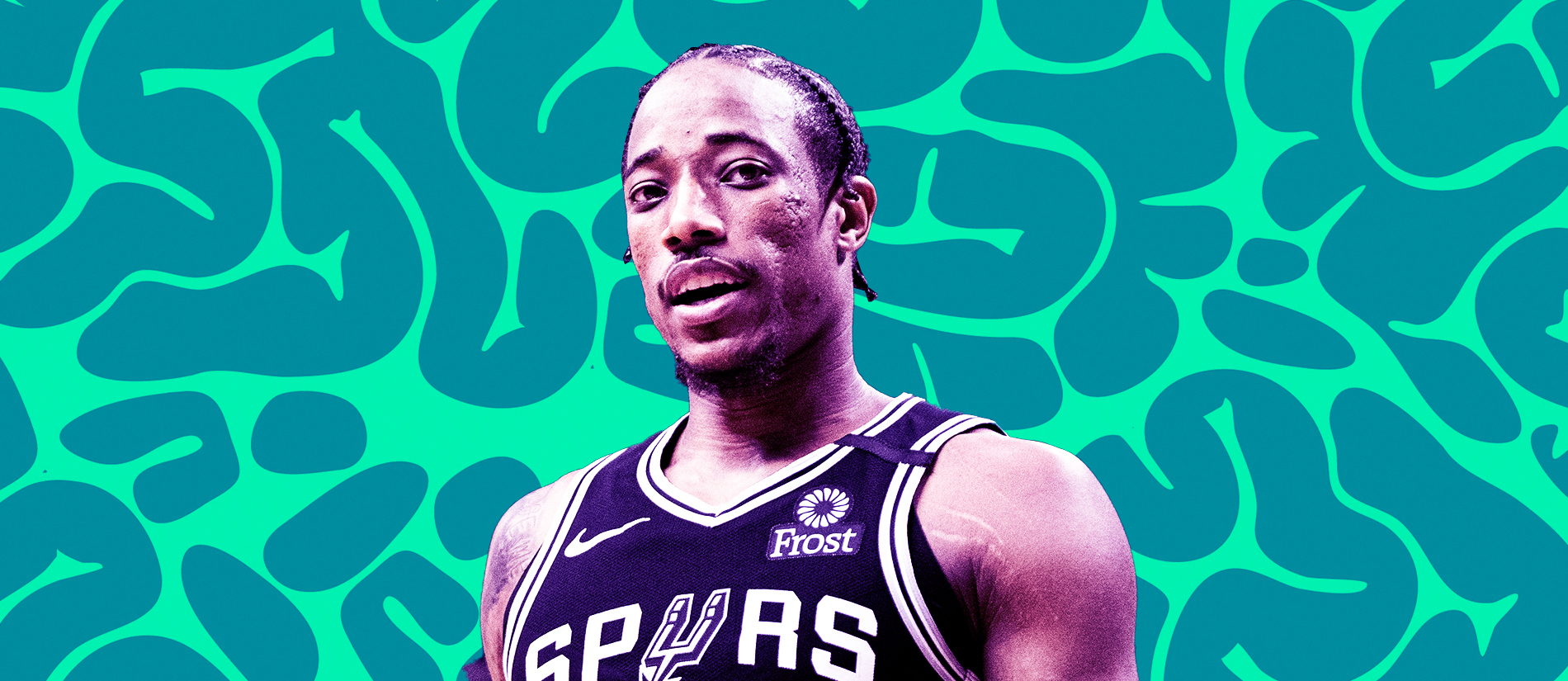
“I think the power of players like Kevin Love, DeMar DeRozan and others who have come forward to suggest that asking for help is actually a leadership moment and not a moment of weakness.” Taylor says. “I think it goes a long way to normalize that, one. Two, the younger generation, Z, whichever one we’re in now, I think the conversation about what’s important to them, as opposed to unbridled ambition, really there’s a normal conversation going around what young people are navigating.”
A young player very personally navigating the many prongs of the pandemic, from a disruption in routine to acute personal loss, is the Sacramento Kings 22-year-old Kyle Guy, who lost his grandfather in early April to the novel coronavirus and has been open about his ongoing struggles with anxiety. For him, the past three months have been about navigating a sense of accelerated grief as pressure to get “past” the pandemic contracts the very process, and ongoing physical distancing protocols limit our traditional outlets for grieving.
“It was so accelerated,” Guy explains of the grieving process in the weeks after his grandfather passed. “I’m already a person that, yeah, I’m transparent, but I kind of have a stone wall defense system when it comes to my emotions. It takes a certain point for me to talk about things and be super open. So the fact that it was so accelerated, yeah I made the tweet and Instagram [post], but I really didn’t talk about it. And I continue to just compartmentalize and keep things down that I should be talking about. But since it was so accelerated, I’ve never had a real chance to grieve.”
“And obviously it was so weird because of COVID,” Guy adds. “There were only ten people allowed at the funeral, and all the chairs were six feet apart. There were a lot of things that were unorthodox and kind of hard to adapt to when you’re so used to celebrating life the way that it should be.”
To ground himself, Guy remained in Indiana for a month following the funeral, staying at his mom’s house and finding comfort in being under the same roof as his family. He credits his dogs and the routine they give him in keeping him grounded. He’s also been leaning on the lessons he learned in his hectic season as a two-way player, splitting time between the Stockton Kings and Sacramento.
“For me, I just try to be over-prepared,” Guy says. “When I would go on a two week road trip with the G-League team I would pack for four weeks because multiple times I got called up at the end of that road trip to meet the Kings on the road for another two weeks. I think I got the hang of it toward the end of the season, and that’s just taking it as it is, one day at a time. Try not to give things too many feelings. Don’t be upset because you got called up to be on the road again, be happy you got called up and are on the road again.”
For a player in Guy’s position, mental health can seem a secondary concern. Not from a lack of self-awareness, but because they are not always afforded the downtime to seek out league-appointed outlets. Guy mentions that in every “big meeting” held by the league “they make sure we all have all the phone numbers we need to call people,” but admits therapists or sports psychologists available to teams, especially on the road, would be welcome. “I did that in college,” he added, “and that was really nice to have.”
Though he never felt reluctant to share his experience with anxiety, citing the weight he felt lifted off of him when he did this at the University of Virginia, Guy doesn’t miss a beat when crediting veteran players as valuable prototypes in what conversations that normalize mental health can look like.
“I’m not sure Kevin Love was the first one, but he and DeMar DeRozan were the first people I saw that really talked about it openly and talked about the hard things,” Guy says. “They definitely paved the way for anyone that goes through what they went through. It’s starting to become more normal to talk about tough issues. It’s empowering because when you do come out and talk about it you feel a lot better, but I think there’s a stigma that once you come out with it you don’t have any more problems. So it’s important to keep talking about it, and keep it consistent.”
That continuity is crucial, especially in a year where the traditional Mental Health Awareness “Month” blurs and stretches well beyond itself. Mental health does not stay static, nor do our lives, under the strain of a pandemic, necessary social transformation, economic decline, and no clear timeline for a return to any sense of normalcy. The border around a private and corporate entity like the NBA is also blurring, ostensibly to draw all of this in, largely through its players. It’s a positive and necessary step in remaining committed to being progressive and adds countless layers to the shifting conversations around mental health awareness.
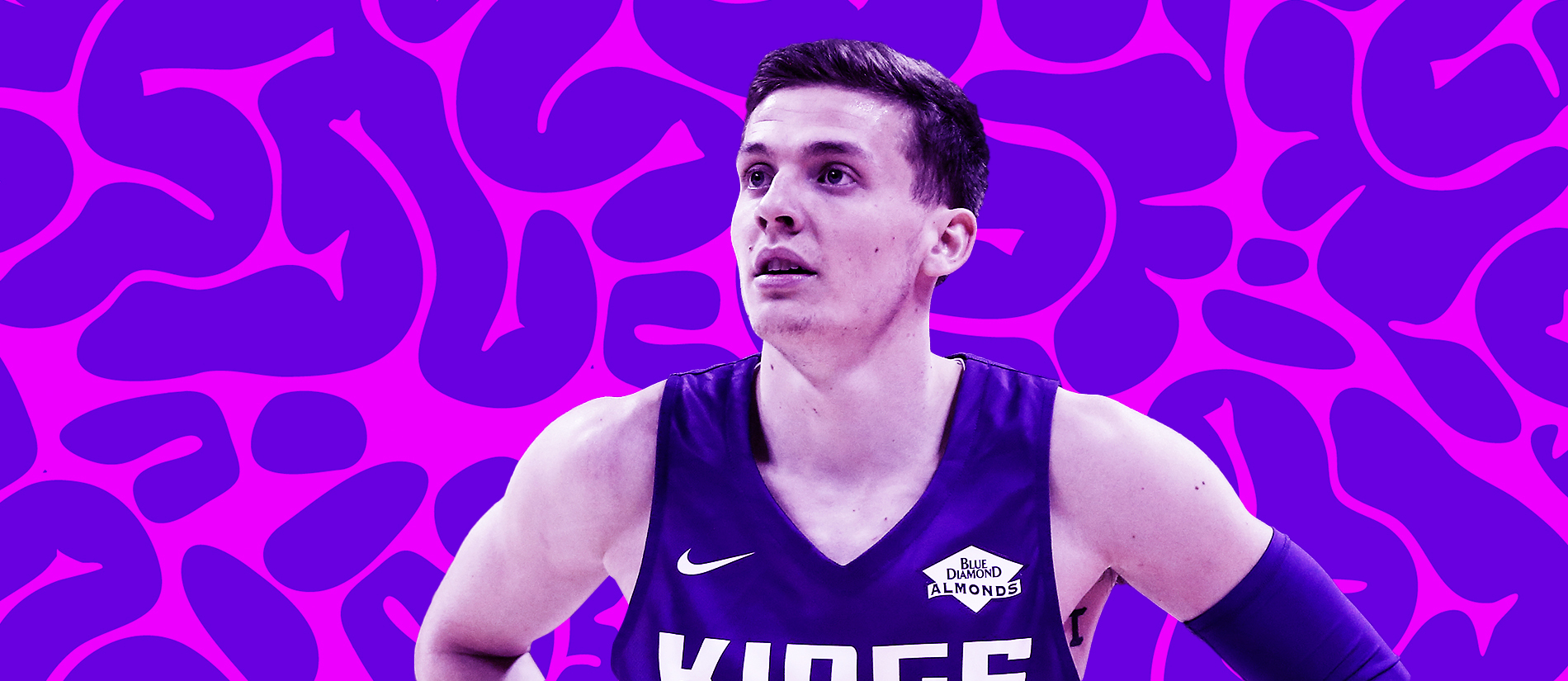
A formidable voice in this ongoing conversation is Dr. William Parham, the NBPA’s inaugural Director of Mental Health and Wellness. Dr. Parham, alongside former player Keyon Dooling, developed what Parham calls the “most comprehensive mental health and wellness program in pro sports.” When I asked Dr. Parham about the shift in the league and with its players personally when it comes to conversations around mental health, he politely demurred.
“I’ll take liberty and say I don’t know that I’ll agree that it had shifted, I think it is shifting,” Parham says. “Because part of getting to the other end, or the other side of this conversation, it’s not simply about education about what mental health is and is not. See there are a number of forces one has to understand that really frames why this is even a problem in the first place.”
Parham, with the patience of someone who has spent a career helping patients identify and build pathways through trauma, and relaying these teachings to his students at Loyola University, walks through those forces.
The first is gender, which most notably enforces certain allowances for emotional expression. Where men are encouraged to “keep things tough, be a man, power up, be strong,” Parham says, women are given more explicit permissions to be emotional (I should note that Parham delved deeply into the ways in which women who are angry are also traditionally undermined and discounted because of it). The second is celebrity — once a person has reached a known point of notoriety they become defined by it and may not “want to risk coming up with some vulnerability that may take the shine out of the star.” And finally, compounding these, is the lens of race and ethnicity, which adds a different level of vulnerability and willingness to engage with that openness. Given these, plus political forces, Parham says players are “incentivized” to keep personal issues and baggage bottled up.
“The other reality in the world of professional sports, certainly the NBA, is that a career doesn’t last very long,” Parham says. “There are those who spend twenty years, fifteen years, that’s a really long career. The average is nowhere near that number. Guys know this. They want to do the best that they can while they have the opportunity in front of them. They want to really keep it packed tight so they don’t have anything get in the way of them maximizing their opportunities.”
Given this reality, there is a great deal of subconscious pressure on players to “focus,” and a shift in that focus, such as sharing personal stories of pain and the psychological fallout from it, could potentially put them off track. The solution to this, as Parham sees it, is practice. Any tangible outlet, such as breathing techniques, seeing a therapist, speaking to someone trusted and close, requires consistent management, much like physical fitness.
“Whatever it is they do to take care of themselves, they have to put it in the mindset that it’s a lifestyle option,” Parham says. “Something they do all the time. Not just when things get tough.”
Parham loves basketball. His current role requires an almost exhaustive commitment to the nuance of a player’s mind and all of the ways it can unfurl itself on court, but when he talks about the mental health of players, he crackles with the energy of a game at tip-off.
“It’s just like when they were little boys starting to get interested in basketball,” Parham says. “Every last hooper you see on the court developed themselves through the concept of repetition — over and over and over. The dribbling, the cross-overs, the jump shots, the rebounds. Short-range jumpers, three-point shots. Doing layups for that matter. All of that is repetition. So in a similar manner they have to embrace the concept of repetition, routine, lifestyle. That’s what’s going to sustain a lot of the advances and benefits that the guys are getting from the interventions they are currently using.”
The underlying goal through the Mental Health and Wellness program and a month of mental health awareness is comfort, both in the freedom for players to openly discuss their mental health and the dialogue that follows. Normalization splits two ways, either toward regularity or ignorance. The comfort, in this case, should come from conventionality, developed out of mutual understanding.
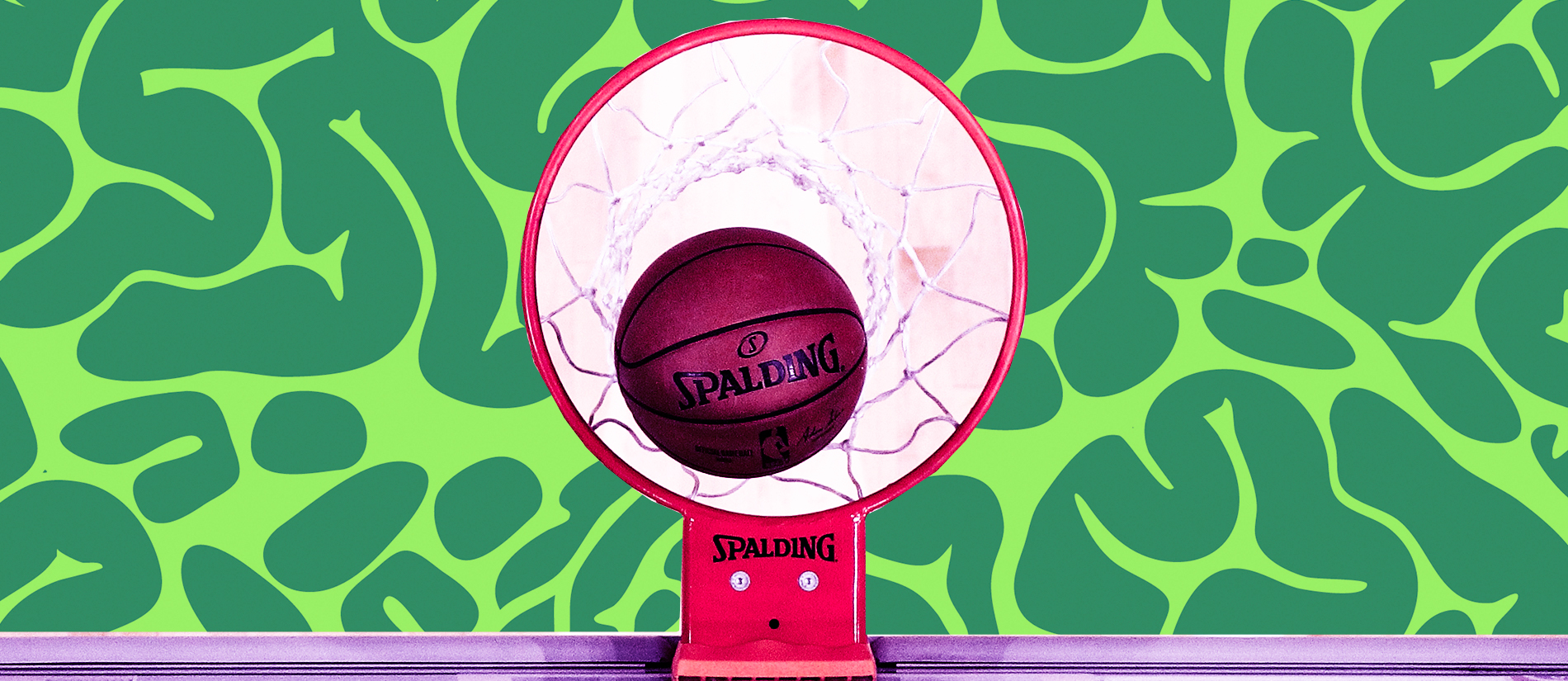
We live in one of the most visible and seemingly self-aware eras of basketball to date. Through their social platforms, we’ve become familiar with so many individual voices and know more about them, sometimes detrimentally, than our own neighbors. There is also an awareness players have in the platforms they’ve built. They interact, they’re more accessible than superstar figures of the past. This growing level of familiarity, through players personal channels, is increasingly one of the NBA’s most valuable and far-reaching assets.
“On the league-side we know, being active and fully engaged in 30 markets across the country, we have an amazing footprint to promote information, to champion accurate information, so we take that very seriously,” Taylor notes of the reach the league is able to tap into through teams and players on initiatives like a Mental Health Awareness Month. It’s also a direct line that the league has utilized to help underserved and hardest hit communities during the pandemic.
“We know those folks have influence in various communities and networks, young people, millennials and others, so we’re trying to partner around that momentum and make sure that accurate information is getting out into the hands of those that most need it,” Taylor says. “We also know many of our guys come from those communities and so conversations with players and others about ways in which we can make sure information, accurate information, is getting out.”
This kind of high-visibility works both ways and recently gave a glimpse into the NBA’s plans to return. Through NBPA representatives like Kyrie Irving sharing takeaways from the all-players call on the Orlando bubble, players deciding to opt-out, and announcing testing positive for COVID-19, we’ve seen earnest, first-hand anxiety from players on the league’s return.
“Quarantine has not been easy for anyone — just in terms of not really having a social life, being not stuck but definitely in the same place either by yourself or with the same people, that brings anxieties in itself by not being able to unwind the way you’re properly used to,” Guy remarks when asked about the league’s return to play. He’s with the Kings in Orlando, though for him the opportunity, as exciting as it is, requires having two feet in different parts of the psychological present.
“I’m a very realistic person, obviously I don’t play very much for the Kings, so for me it’s a different approach I have to take and that’s just to be the best teammate and prepare myself to work out longer and harder than other guys,” Guy says. “I need to make sure I’m putting in the work that I need to. And basketball’s been super therapeutic to me in general with my anxiety, so I’m looking forward to it.”
It’s his last admission that is the most telling and something that has not been as closely focused on when discussing the pros and cons of the bubble: the psychological impact that playing basketball has on the mental health of players. Maybe this is because it seems so simplistic, as the things that make us feel best often do. When discussing the return and the dangers of proximity to the virus’s growing footprint in Florida, players have largely been taken out of the conversation as if they were not aware of the risks or had not been active decision-makers, taking into consideration the real-time learning they’ve done over the past four months.
“By the time the guys show up in Florida at the end of July, they would have had 14 weeks of experience adjusting to something we had no knowledge of, didn’t know the full magnitude of it, and have gone through stages of being, ‘Well this isn’t real’ to ‘Uh oh, this is very real’ to ‘Since it’s here, let’s try to make the best of it,’” Dr. Parham says on the parallel experience players have had alongside the rest of the world. “So I think guys have managed the frustrations and the anxieties and the boredom and have become terribly creative, but also guarded. Their eyes have been opened that these are issues that are bigger than themselves. And I think they are carrying around a lot of experience about how they’ve adjusted to not just one pandemic, but the more recently expressed pandemic of racism. The racism pandemic has been going on for 400 years.”
The segue in conversation may seem swift in reading this, but at the time of our conversation the social unrest and push for systematic overhaul was well underway. It also proves how difficult it is to tamp down on a single cause without acknowledging its foundations — mental health in a predominantly Black league has to respond to and cope with direct threats to Black lives.
“I think what our players are doing is recognizing the responsibility of being leaders around these issues requires them to take time to educate themselves. Requires them to research and understand leaders and organizations in this space that have already been committed to these social justice issues for years,” Taylor says of players lending platforms or their physical presence directly to social justice or protest. “And while it certainly has added a challenge if you will to the life they live, our guys are citizens of the world. They see themselves as leaders on and off the court, and I think to fully embrace who they are and the reputations they’ve formed, I think they’re taking very seriously being students of social justice issues.”
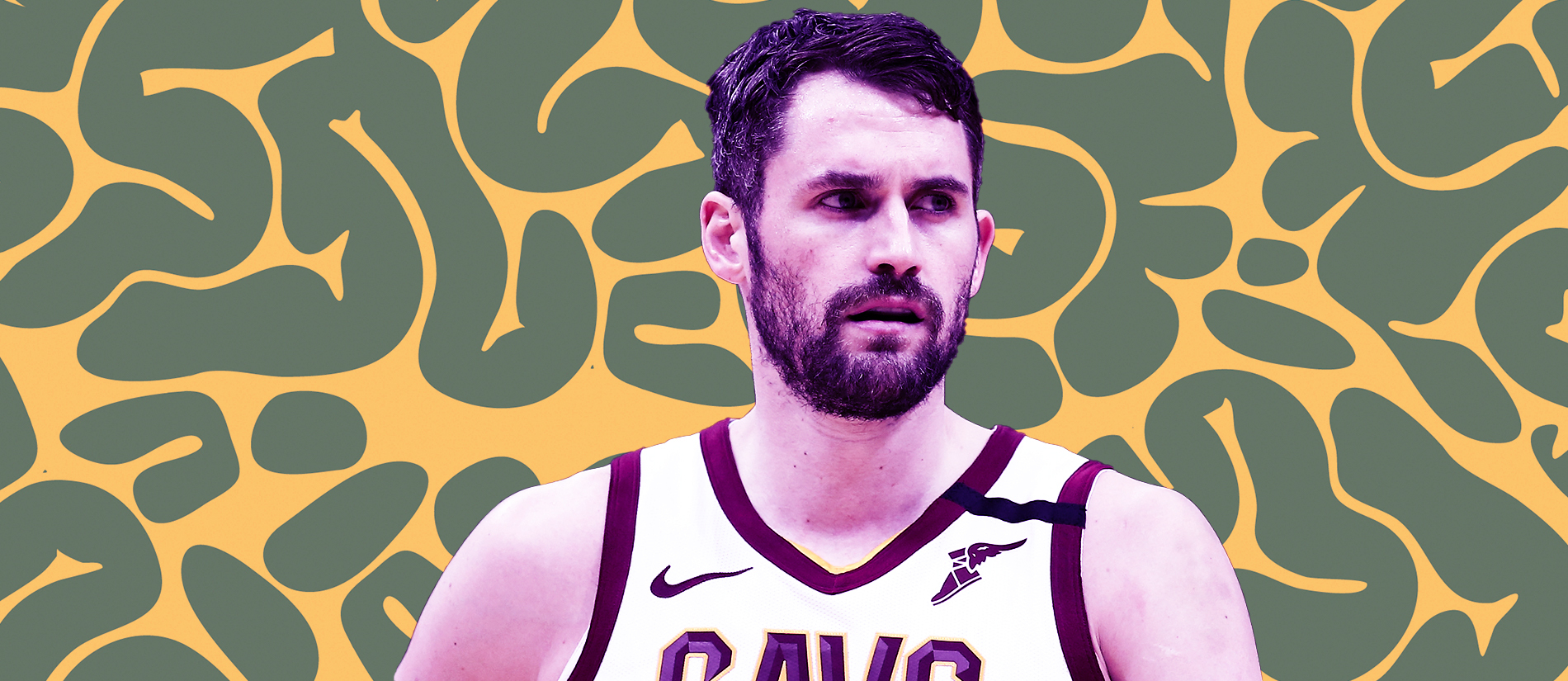
Guy, who joined his teammates in Sacramento in a Black Lives Matter march, also shared an emotional video on his social media where he succinctly shared his perspective on what his responsibility was as a white man with privilege.
“For me,” Guy starts, taking a breath as if to steady himself, “when I see these videos, when I see people talking crazy, I get so shocked that people actually think like this. But then I have to remind myself that this is how it’s been for a long time so I shouldn’t be shocked, I should just be outraged like everyone else. Just like everything else I’m trying to educate myself, and take the correct stance. I’m just happy to stand with the Black community and make sure they know that I’m going to speak up with them.”
Like conversations around mental health, the continuing conversation and demand for justice and equality for Black lives, for awareness and safety around the pandemic, requires continual education and mental energy. It is all crucial, it can also be draining. For players, especially those who are looked to as leaders for their voices and how they continually speak out, mental burnout is as real of a possibility as it is for the rest of us. In light of this, the NBA has ramped up its internal communication and outreach to players.
“Through the Mind Health initiative … really creating specific tools, practical tools, that can be used around areas of mindfulness,” Taylor says. “Understanding what healthy practices are. How to take care of yourself. We’ve been using our platform to amplify those messages. Often times our players are some of the most well conditioned and well known athletes in the world, we know on the staff side folks work really, really hard and don’t necessarily always take care of themselves. We know we have lots of different populations who work in the league in pressured situations who may not know their mental health and wellness is being challenged every day. And so utilizing our platform in our arenas, PSAs, toolkits, access to experts, and really, to your word, normalizing access to all that information we think is a really powerful contribution to this work around mental health and wellness.”
But perhaps the most powerful safeguard against burnout, and a lasting push toward sustained conversations around mental health, is the generational tone being set for and by the players entering into the league. By challenging tropes of masculinity as DeRozan has in his honesty about facing depression, and by encouraging conversations around anxiety as he and Love both have, examples to future players become more nuanced, human, and attainable.
“I think [players are] stepping into an era in the league where there’s a model of what it means to be an amazing leader on the social justice side, as evident by veteran members of the fraternity,” Taylor says. “So they’re stepping into very real, current and live examples of guys who have educated themselves, who understand the power of their platform and their brand, and who are putting themselves out, their reputations on the line, for causes that they care about. We certainly are trying to educate them but I would argue by no means are they a blank slate. They really do have points of view, expertise and understanding that we just want to help refine, support and give them the opportunity to lead.”
What does mental health look like in a pandemic? How do conversations like this one continue for the rest of the year, while maintaining space for other issues that will affect directly the psychological state of players the league is trying to elevate? Does a “month” mean less when time has stopped meaning anything, and if that’s the case how do we hold what’s important in our heads and hearts, stay present as much as we are accountable?
Guy doesn’t have all the answers, but as a player in that next generational cohort, and a person who has juggled the weight of the past few months, he does have an idea.
“Yes, let’s have the month for mental wellness, let’s have the month for African American history, everything,” Guy says. “I like that. But at the same time, just listen to the players and to society, and whatever’s going on is where [the NBA’s] attention should be directed. That’s subject to change, but as a young 22-year-old who doesn’t know a whole lot, I think whatever’s going on is where the attention should be.”
This year has brought difficult lessons in the cost of too narrow a view. The silver lining of the pandemic may be in where it’s shown how quickly we are able to to shift our focus, how powerful a collective response can be as we, gradually, grow more comfortable with holding multiple uncomfortable things requiring our attention at once, acknowledging where they overlap in root cause and affect. The NBA has done some of its most impactful work when it stays present and remains responsive to its players and people, and how they are informed by the world at large.
In committing to a month of mental health awareness, and then recommitting when that month grew beyond its almanac boundaries, the league is putting in the repetition, and the practice, that will further the shift in turning first steps to second nature.

